The world's largest hornet species is the Asian giant hornet (Vespa mandarinia). It is mostly distributed throughout Asia particularly in the woods of China, Japan, and Southeast Asia Their length can range from 4.5 to 5 cm.Their black patterns and bright orange body parts make them especially identifiable.
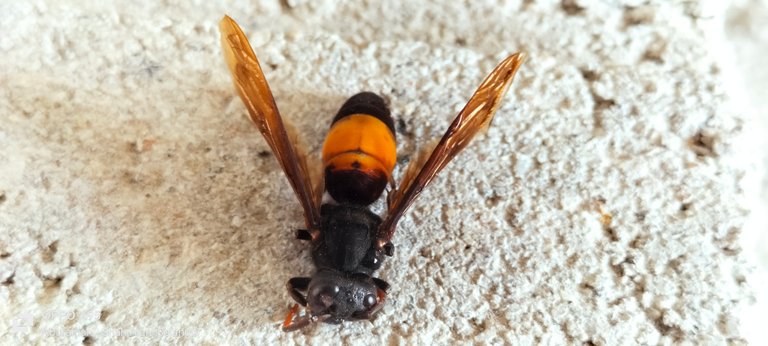
physical characteristics
The large size and powerful wings of these hornets make them useful for fast movement and catching prey.Their heads are large and orange in color, which sets them apart from other bees or hornets. Abdomen covered with black and orange spots. Their wings are thin but strong, which enables them to fly fast and for long periods of time.
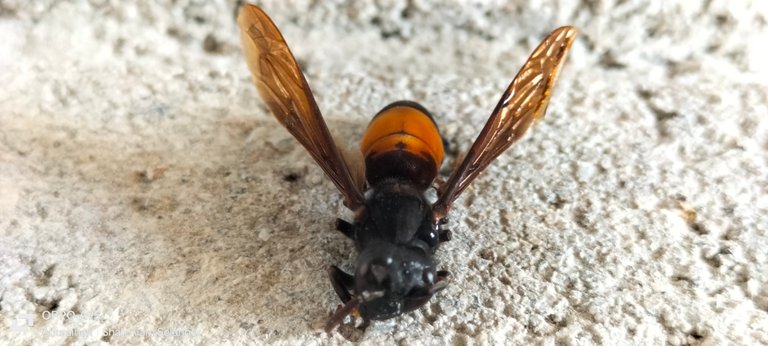
eating habits
The Asian giant hornet mainly preys on other insects, especially bees. They attack the hive and kill the bees there. Their jaws are so powerful that they can easily tear apart their prey. Also they like to eat tree sap and fruit juice.
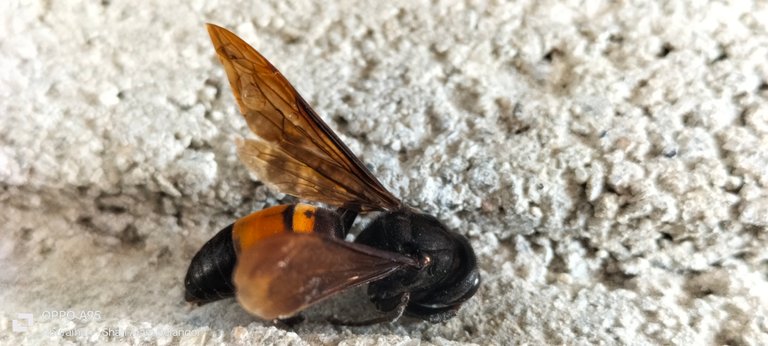
Poison and attack power
A special feature of this hornet is its venom. Their sting is very strong and poisonous.The venom released from the sting paralyzes the victim and in many cases leads to death.Their sting can be very dangerous for humans especially if someone is allergic.
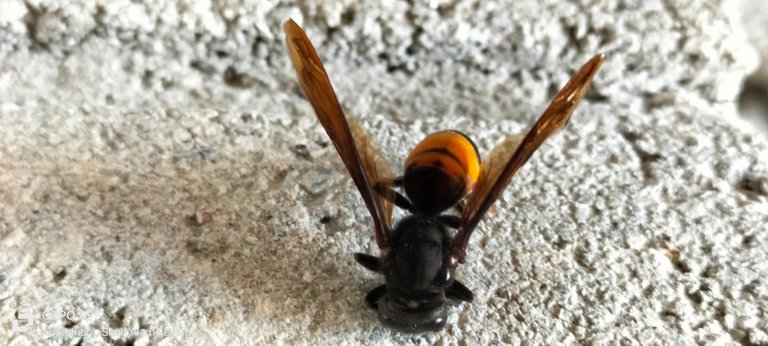
effect
The Asian giant hornet plays an important role in the environment. They help control harmful insects. However when they destroy bee colonies it causes great losses to beekeepers. Bees help pollinate flowers, which is crucial for agricultural production.
Prevention and security
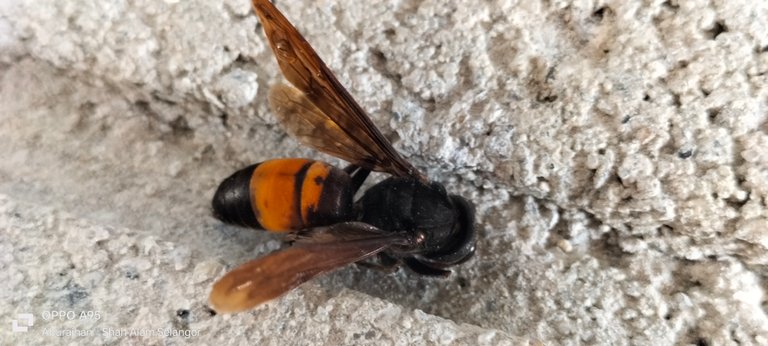
It is important to be alert to avoid the Asian Giant Hornet. No provocative behavior should be done when approaching them. If they attack, it is better to quickly move to a safe place. Beekeepers can protect their hives by using special protective equipment.
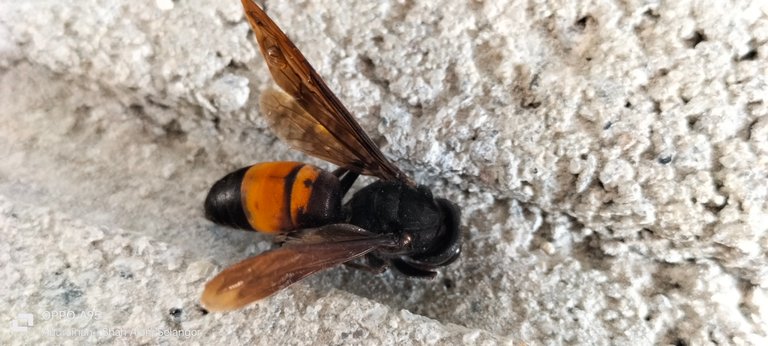
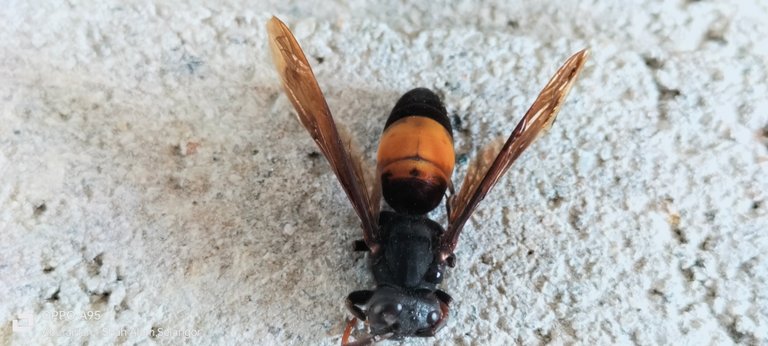
One of nature's special creations is the Asian Giant Hornet. Despite their threat, they are crucial to preserving the environment's equilibrium. But we can not overlook how crucial it is to keep a safe distance from them and coexist with the environment.